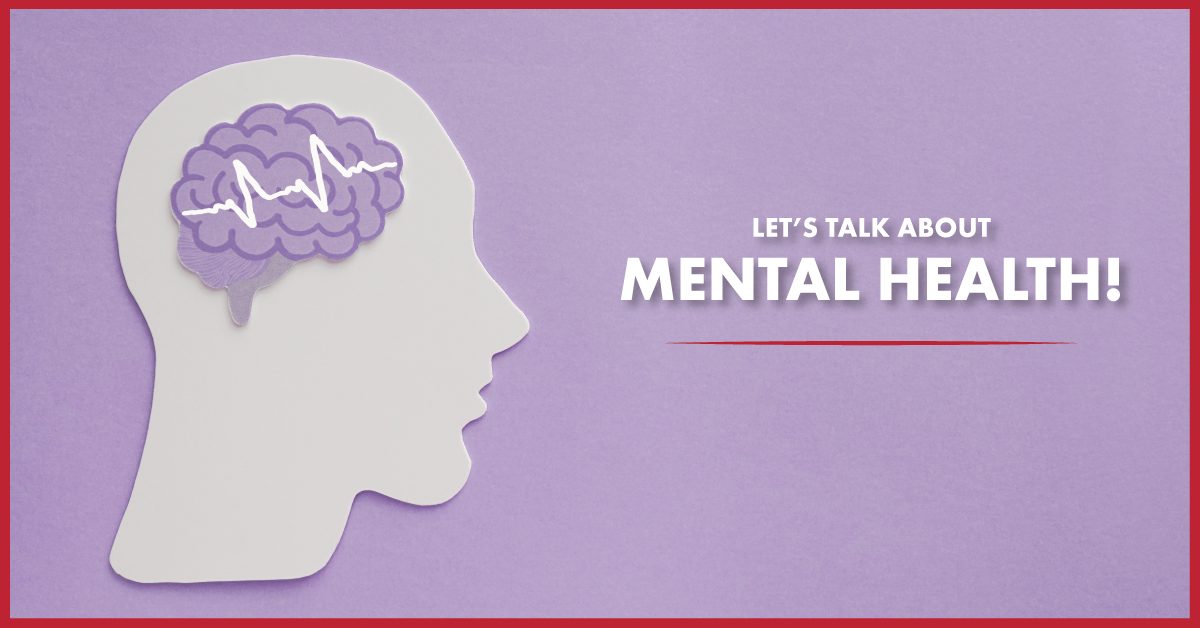5 Ways to Support Mental Health Awareness and Well-Being in Your Community
5 Ways to Support Mental Health Awareness and Well-Being in Your Community

Mental health is a crucial aspect of overall well-being, yet it is often overlooked or misunderstood. Supporting mental health awareness and promoting mental well-being in your community can help create a more compassionate, understanding, and supportive environment for individuals facing mental health challenges. Here are five ways to get involved and make a positive impact in your community.
1. Educate Yourself and Others
The first step in supporting mental health awareness is to educate yourself and others about mental health conditions. Understanding the signs and symptoms of mental illness, such as anxiety, depression, and bipolar disorder, can help you recognize when someone may be struggling and provide them with the appropriate support. Share resources, articles, and books that highlight mental health issues, and engage in conversations to break the stigma surrounding mental illness.
2. Support Local Mental Health Organizations
Many communities have local mental health organizations that provide vital services such as counseling, support groups, and educational programs. By supporting these organizations, whether through donations, volunteering, or fundraising efforts, you can directly contribute to their ability to offer essential resources to those in need. Reach out to your local mental health centers and inquire about volunteer opportunities or how you can get involved.
3. Advocate for Mental Health in Schools
Schools are an essential part of a young person’s life, and mental health support should be integrated into the educational system. Advocate for mental health education and programs in schools that teach students about stress management, emotional regulation, and mental wellness. Schools should also have accessible counseling services for students to seek help when needed. Encouraging mental health discussions in school settings can normalize the topic and help young people feel more comfortable seeking help.
4. Create Safe Spaces for Conversations
Creating safe spaces for open conversations about mental health can help reduce stigma and promote understanding. Whether it’s through support groups, community forums, or informal gatherings, encouraging honest discussions about mental health can create a sense of belonging and solidarity. These safe spaces allow individuals to share their experiences without fear of judgment and seek guidance from others who may have gone through similar struggles.
5. Promote Mental Wellness in the Workplace
Workplaces are often high-pressure environments that can contribute to stress and mental health struggles. By advocating for mental wellness programs
.png)